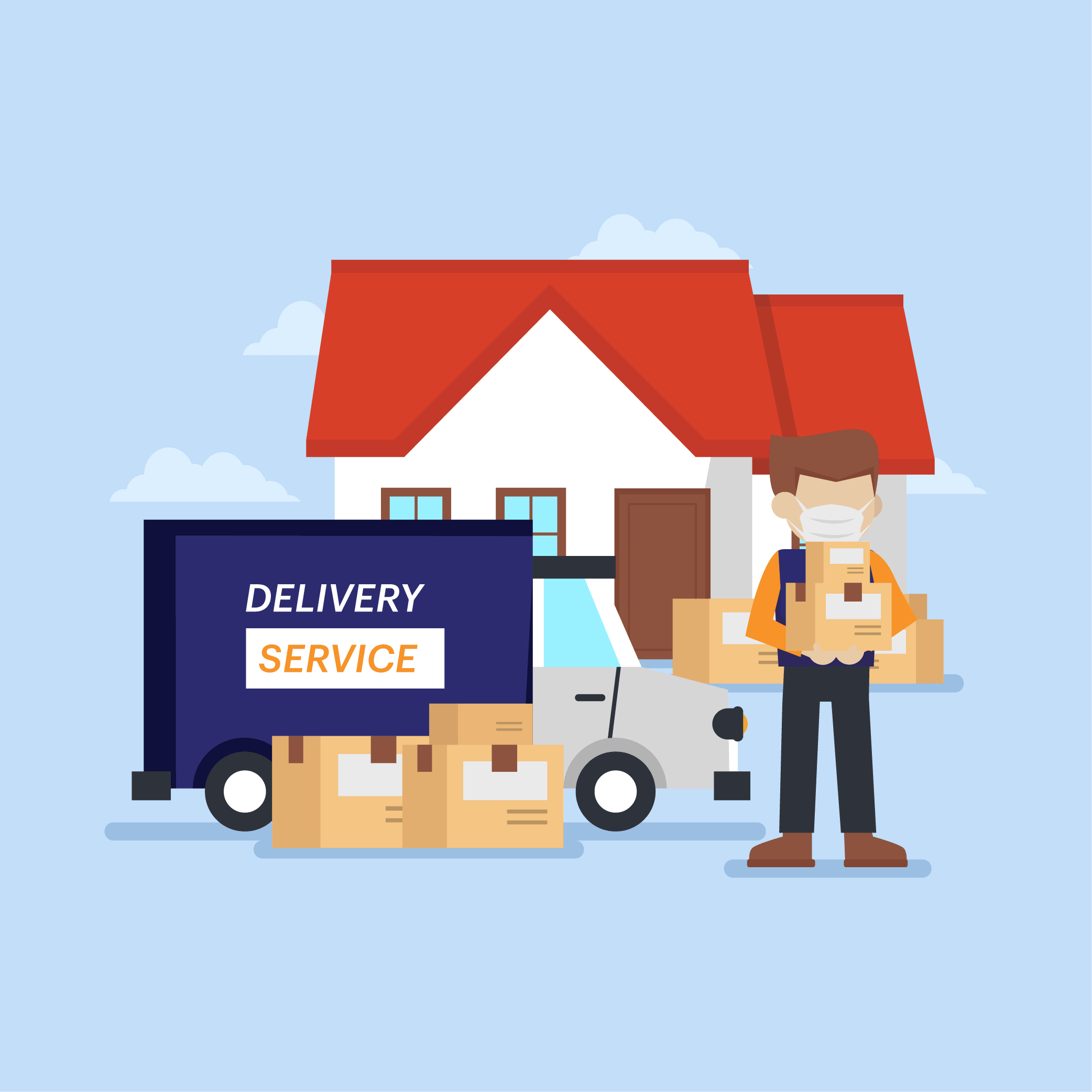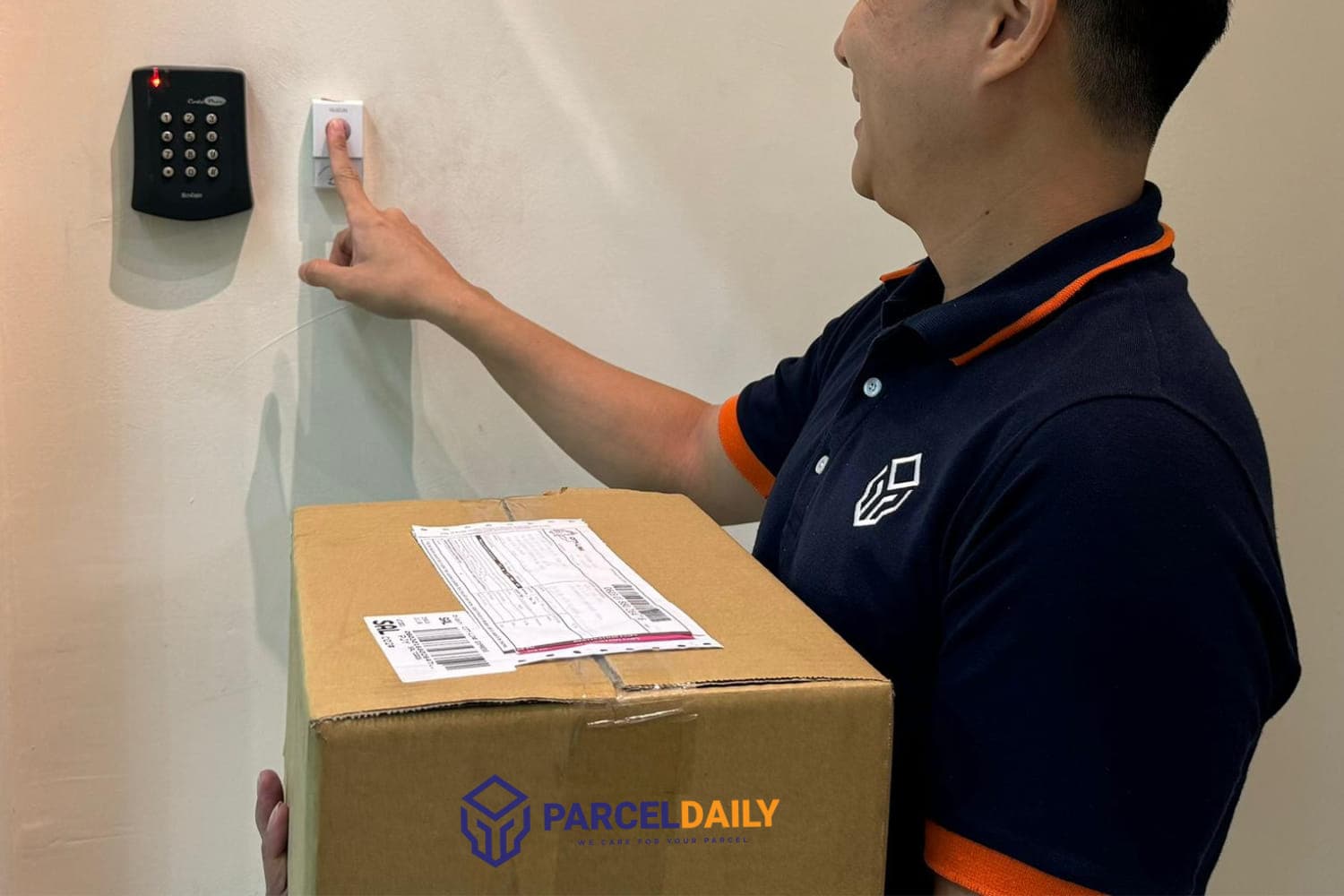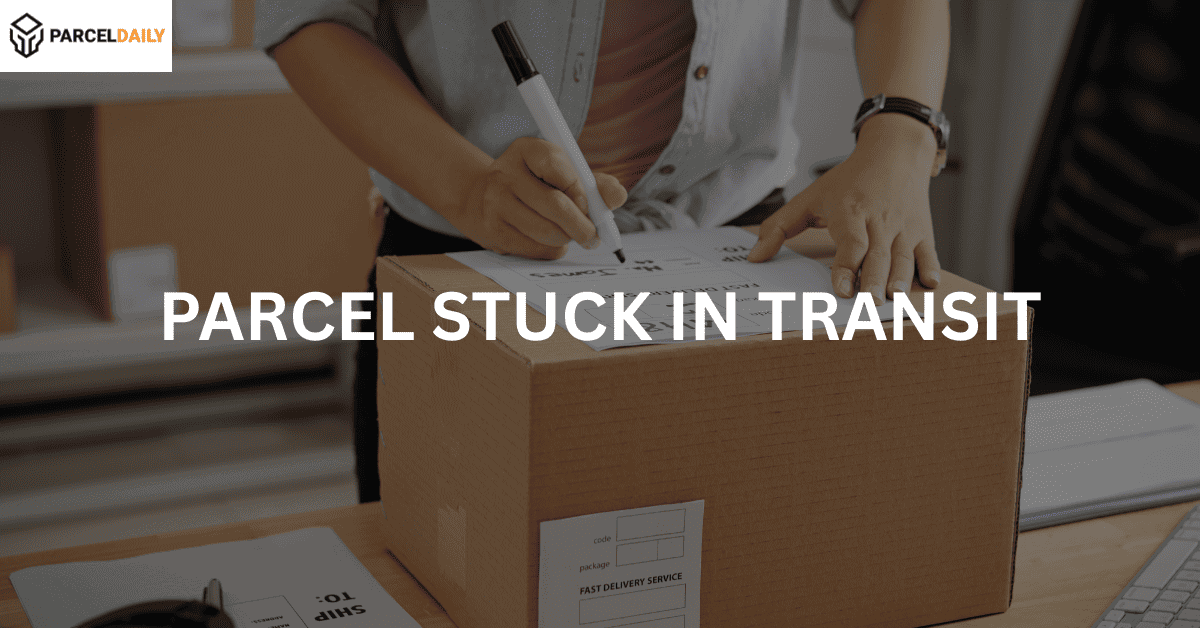Delivery services are an integral part of today’s world, ensuring goods, packages, and essentials reach their destinations quickly and safely. From same-day deliveries to scheduled shipments, delivery services cater to a wide array of needs for individuals, businesses, and e-commerce customers alike. With increasing demand for convenience, delivery services have evolved to offer specialized options that fit the lifestyles of modern consumers.
In this article, we’ll dive into the world of delivery services, exploring the different types, benefits, and factors to consider when choosing the right service for your needs.
Table of Contents
What are Delivery Services?
Delivery services facilitate the transport of goods from one location to another, offering convenience, speed, and flexibility. Unlike courier services, which typically focus on urgent, secure, or sensitive deliveries, delivery services span a broader range—from last-mile deliveries for e-commerce orders to scheduled deliveries for businesses and large-item shipments.
With delivery services, customers have the freedom to choose how and when they want their items to arrive, with options for speed, timing, tracking, and cost. Whether it’s groceries, household essentials, or business supplies, delivery services bridge the gap between sellers and customers, ensuring smooth, reliable transactions.
Types of Delivery Services
Understanding the different types of delivery services can help you choose the right option based on urgency, budget, and specific needs.
1. Same-Day Delivery
Same-day delivery is a popular option for urgent shipments, promising delivery within hours. This service is ideal for last-minute orders, perishable goods, or urgent documents, particularly in urban areas where proximity makes quick delivery possible.
Benefits:
- Convenience: Customers receive their orders on the same day, reducing wait times.
- Flexibility: Often available for a variety of goods, including groceries, electronics, and clothing.
Example: GrabExpress and Lalamove in Malaysia offer same-day delivery options within cities, making it a practical choice for on-demand needs.
2. Next-Day Delivery
Next-day delivery ensures items are delivered within 24 hours of shipping, making it a popular choice for businesses that want to offer quick delivery without the added costs of same-day services.
Benefits:
- Balanced Speed and Cost: Offers fast delivery at a lower price point than same-day options.
- Customer Satisfaction: Ideal for e-commerce businesses looking to improve service quality.
Example: Many e-commerce platforms in Malaysia, such as Shopee and Lazada, partner with J&T Express and Pos Laju to provide next-day delivery options, especially for popular items.
3. Scheduled Delivery
Scheduled delivery allows customers to choose a specific day and time for delivery, making it ideal for receiving items that require someone to be home, such as furniture, appliances, or large items.
Benefits:
- Flexibility for Customers: Recipients can plan deliveries around their availability.
- Ideal for Large or Bulky Items: Provides assurance that items will be delivered at a convenient time.
Example: Ninja Van and GDEX in Malaysia offer scheduled delivery services, helping recipients avoid missed deliveries by planning ahead.
4. Last-Mile Delivery
Last-mile delivery is the final leg of the delivery process, typically from a local distribution center to the customer’s doorstep. It’s critical for e-commerce businesses and often involves specialized vehicles or on-demand drivers to complete deliveries efficiently.
Benefits:
- Improves Speed and Convenience: Optimizes routes and ensures goods arrive quickly at their destination.
- Essential for E-commerce: Last-mile delivery plays a significant role in customer satisfaction, especially for online orders.
Example: Lalamove and GrabExpress specialize in last-mile delivery services in urban areas across Malaysia, providing flexibility and quick turnaround for online retailers.
5. Cash on Delivery (COD)
Cash on Delivery (COD) is a payment method where customers pay for their items upon receiving them. COD is widely used in regions where digital payments are less common or for customers who prefer to pay once they have their items in hand. COD is particularly popular in the e-commerce space and in regions with a strong cash-based economy.
Benefits:
- Builds Customer Trust: COD can attract customers who are hesitant about online payments, offering them reassurance that they only pay upon receiving their items.
- Ideal for E-commerce and New Markets: COD is often a strong selling point for e-commerce platforms entering new markets or serving first-time online shoppers.
Challenges:
- Risk of Returns: COD can lead to a higher rate of returns, as customers might refuse the delivery if they change their mind.
- Logistical Complexity: Handling cash payments during delivery requires additional security measures and payment reconciliation.
Example: In Malaysia, COD remains a popular option, especially among younger shoppers and in areas with limited access to digital payment options. Local delivery services, including Ninja Van and J&T Express, frequently offer COD to cater to customer preferences.
6. International Delivery
International delivery services handle shipments across borders, managing the logistics of customs, regulations, and transportation to ensure goods reach their destination country.
Benefits:
- Global Reach: Enables businesses to expand their market beyond national borders.
- Reliable Transit and Tracking: Professional carriers provide comprehensive tracking, ensuring peace of mind for international customers.
Example: DHL Express and FedEx are popular choices in Malaysia for international deliveries, handling customs and regulations efficiently for smoother cross-border shipments.
7. Specialized Delivery (Fragile or Large Items)
Specialized delivery services cater to items that need extra care or special handling, such as fragile items, medical supplies, or oversized goods.
Benefits:
- Safe Handling: Ensures sensitive items are transported securely.
- Professional Packaging: Reduces the risk of damage during transit.
Example: Companies like Skynet offer options for fragile and oversized items in Malaysia, making it easier for businesses to ship delicate or bulky goods safely.
Key Features of Delivery Services
Each delivery service comes with distinct features tailored to different shipping needs. Here are some common features to look for when choosing a delivery service:
1. Tracking and Notifications
Most delivery services offer real-time tracking, enabling customers to monitor their shipment’s progress. This transparency improves customer satisfaction and provides an added layer of security.
2. Proof of Delivery (POD)
Proof of delivery ensures that items are received by the right person, often through a signature, photo, or GPS confirmation. This feature is particularly useful for high-value or sensitive items.
3. Flexible Payment Options
Many delivery services now offer flexible payment options, from cash on delivery (COD) to cashless and e-wallet payments, making the process more convenient for recipients.
4. Customer Support
Responsive customer support is crucial for resolving delivery issues. Many services offer support through various channels, including phone, email, and live chat.
Choosing the Right Delivery Service
With so many options, choosing the right delivery service depends on several factors:
- Delivery Speed: Determine how fast the item needs to be delivered. For urgent deliveries, same-day or next-day options are best.
- Budget: Balance your budget with delivery speed. Same-day services may be costly, while scheduled or last-mile options offer more flexibility.
- Location Coverage: Ensure the delivery service covers your recipient’s location, especially if it’s a rural or remote area.
- Type of Goods: Choose a service that can safely handle your specific item, especially if it’s fragile, perishable, or bulky.
- Customer Experience: Look for services with good customer reviews, reliable tracking, and responsive support to ensure a smooth delivery process.
Benefits of Using Delivery Services
Delivery services offer several advantages, making them essential for both personal and business needs:
1. Convenience and Accessibility
With delivery services, customers no longer need to leave their homes or stores to receive or send goods. This convenience is especially valuable in today’s busy world, where time is precious.
2. Speed and Efficiency
Fast delivery options, from same-day to next-day, ensure that customers receive their orders quickly, helping businesses enhance customer satisfaction.
3. Extended Market Reach
For businesses, delivery services expand market reach by making it possible to serve customers across cities, regions, or even countries. With the right service, businesses can reach new customers without the need for physical stores.
4. Improved Customer Satisfaction
With reliable tracking, flexible delivery options, and secure handling, delivery services enhance the overall customer experience. Satisfied customers are more likely to make repeat purchases, fostering brand loyalty.
Final Thoughts on Delivery Services
Delivery services are a cornerstone of modern logistics, meeting the needs of individuals and businesses alike. From same-day options for urgent deliveries to scheduled services for larger items, these services provide flexibility, reliability, and convenience. Whether you’re sending a gift across town, restocking business supplies, or delivering e-commerce orders, choosing the right delivery service can make a significant difference.
By evaluating factors like speed, cost, and coverage, you can find a delivery service that meets your requirements and ensures a smooth, efficient process for all parties involved. With Malaysia’s thriving e-commerce and urban delivery infrastructure, customers and businesses have access to a range of reliable delivery options to suit every need.




